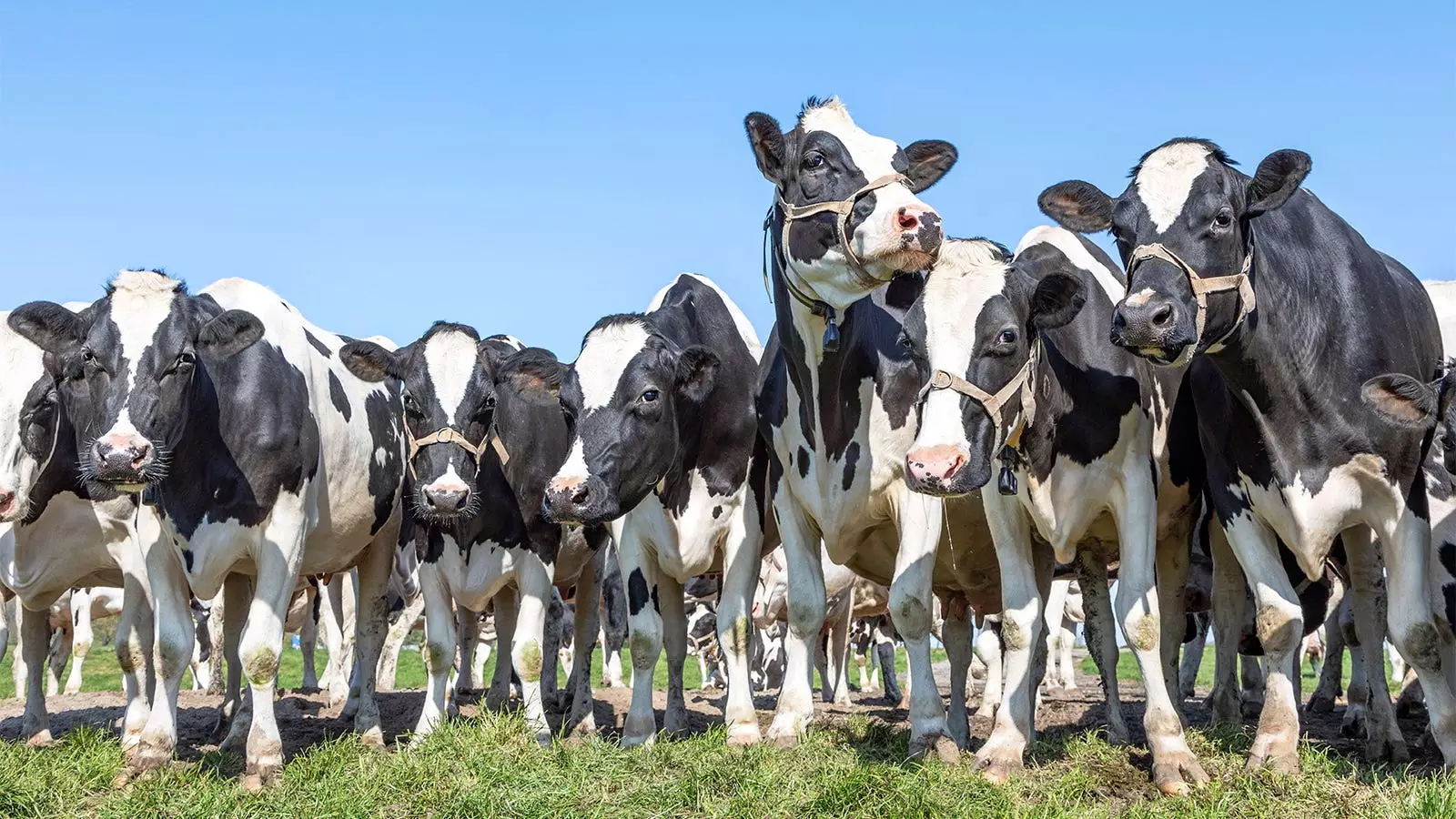A recent study has challenged previously held beliefs regarding the behavior of the H5N1 bird flu in cattle. Contrary to common assumptions that the virus only causes mild illness in cattle and that asymptomatic animals do not spread the disease, the new paper revealed alarming findings. Cattle mortality rates were shown to be significantly higher during outbreaks on farms, with nasal swabs from asymptomatic animals testing positive for the virus.
The implications of these findings are immense, as they underscore the urgent need for robust measures to prevent and control the infection and further spread of the highly pathogenic avian influenza (HPAI) H5N1 in dairy cattle. These measures are crucial in reducing the risk of the virus adapting to this new mammalian host species, which could potentially decrease the pandemic risk to humans.
Study Details
The study, conducted by Kiril Dimitrov and colleagues, involved the assessment of nine farms across different states in the U.S. during specific outbreak periods. The results revealed that mortality rates were notably higher during outbreaks on some farms, challenging the assumption of mild illness in cattle due to H5N1 infection. Additionally, evidence of subclinical infection was found in some cows, indicating the potential spread of the virus even in asymptomatic animals.
One of the most concerning aspects highlighted by the study was the transmission of the virus between farms. Epidemiologic and genomic data showed evidence of cow-to-cow transmission after seemingly healthy cows from one farm were transported to another. The researchers suggested that the virus might infect through respiratory and/or oral routes, replicating at low levels and disseminating to other organs, including the mammary glands.
Key symptoms of the H5N1 bird flu in cattle were confirmed by the study, including decreased feed intake, respiratory signs, lethargy, dehydration, and abnormal milk production. Despite the severity of these symptoms, most cattle recovered within a period of 5 to 14 days. However, the virus was found to spread to other animals on or near the farm, indicating the need for enhanced biosecurity practices and surveillance efforts.
The spillover of HPAI H5N1 into dairy cattle and the evidence of efficient mammal-to-mammal transmission present unprecedented challenges. The study emphasizes the importance of adopting effective biosecurity measures and surveillance strategies to prevent further spread of the virus. These findings shed light on the complex pathways underlying the introduction and spread of HPAI H5N1 in dairy farms and call for immediate action to mitigate the risks associated with the virus.


Leave a Reply